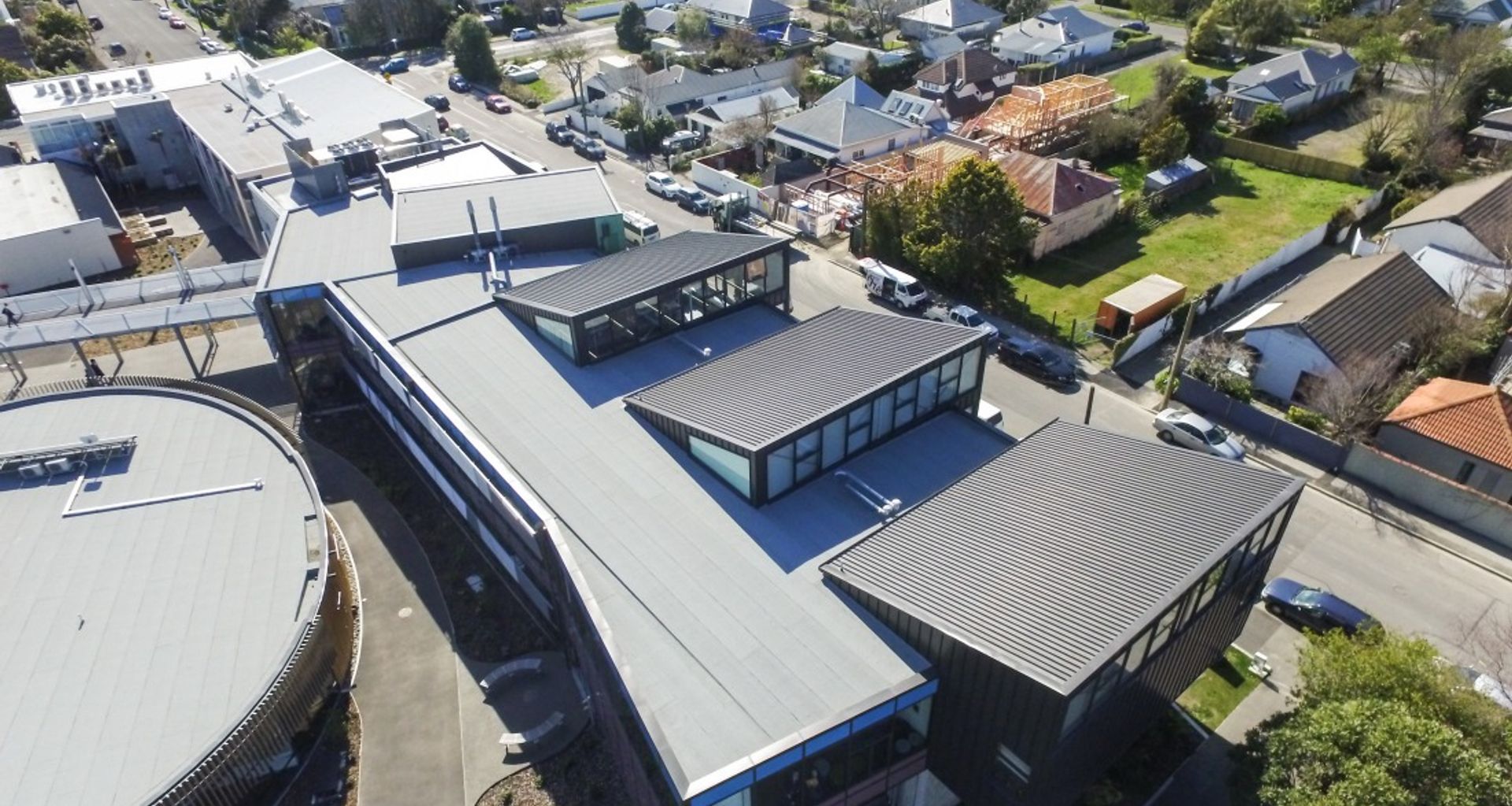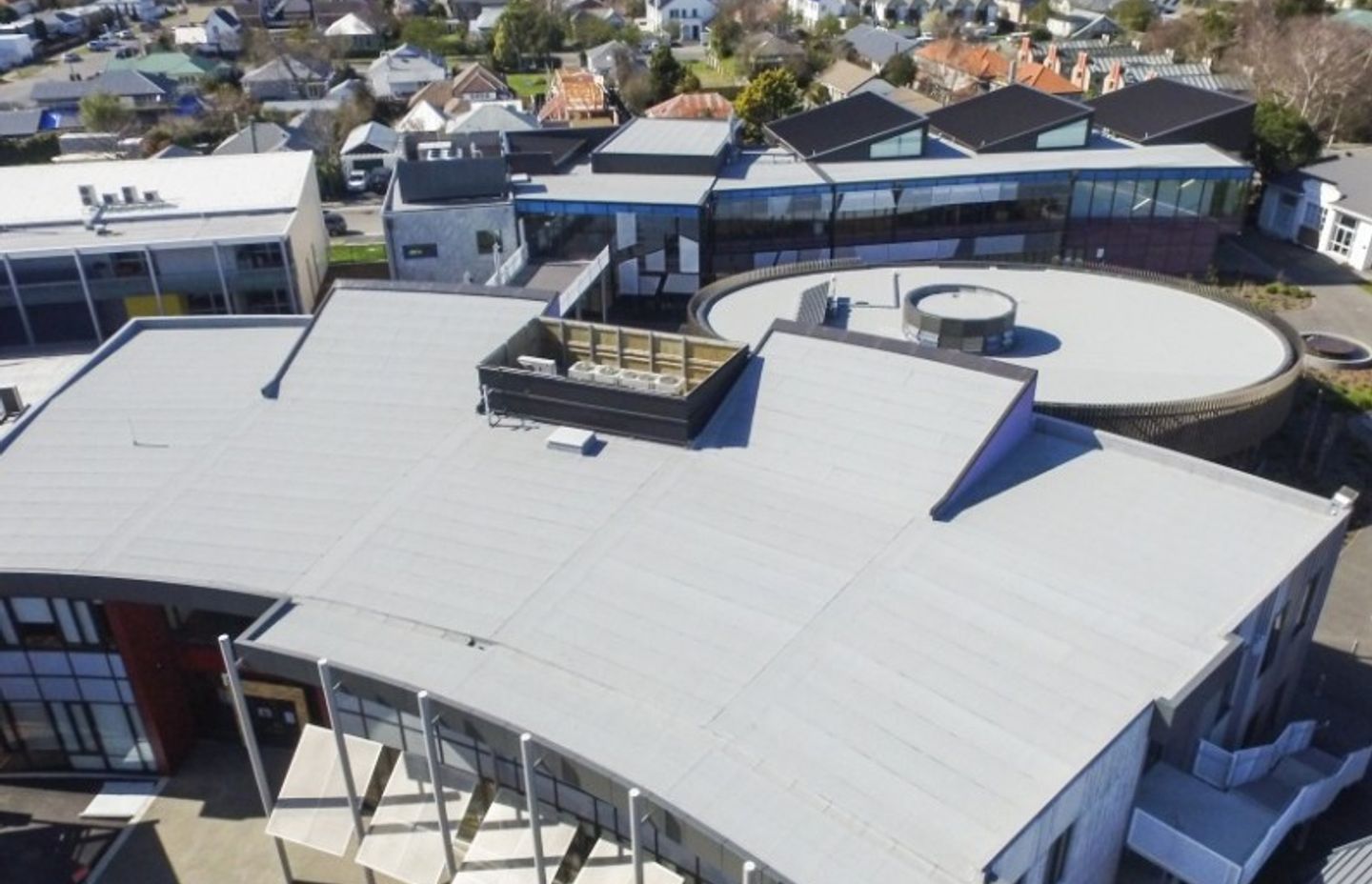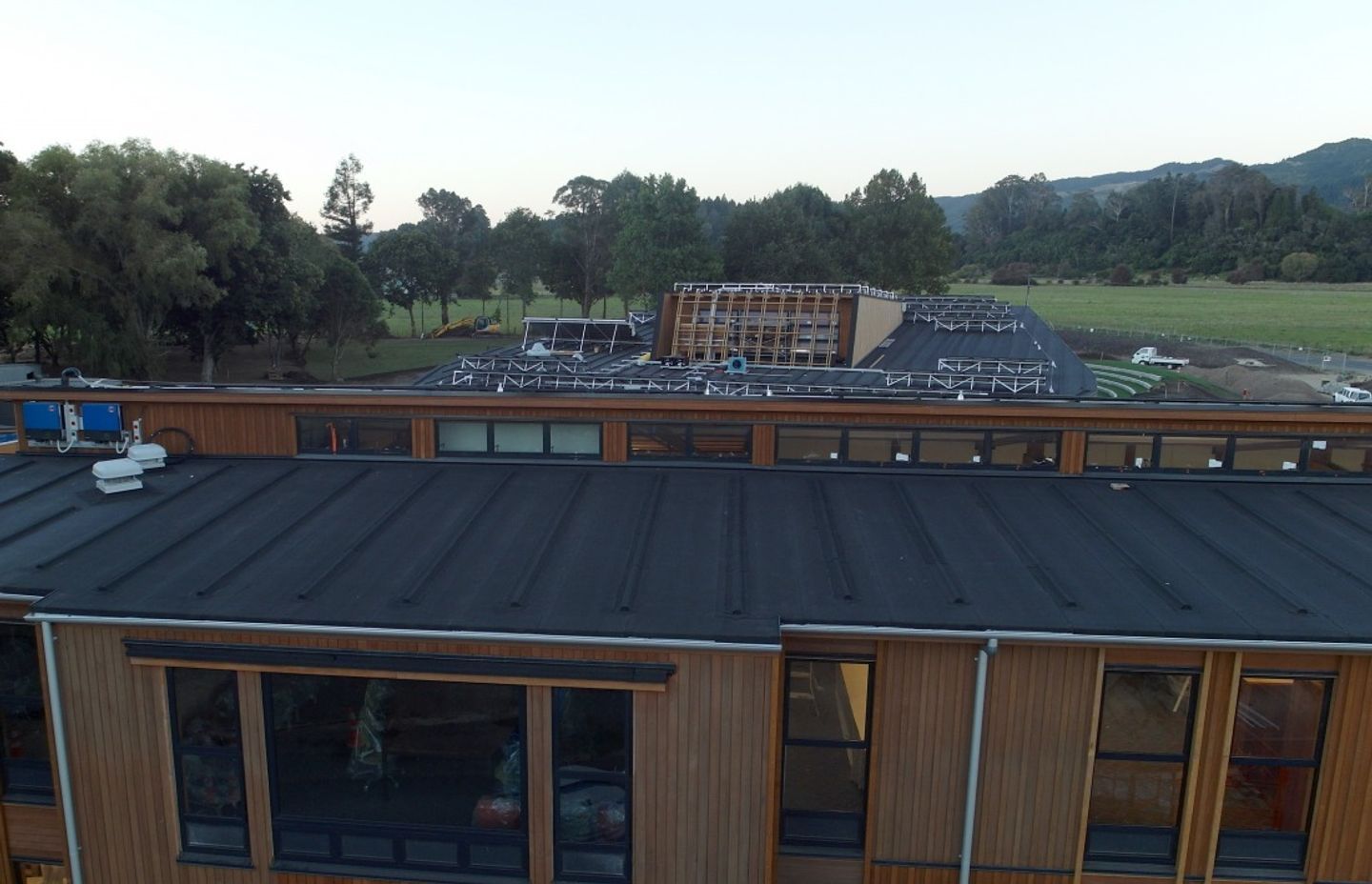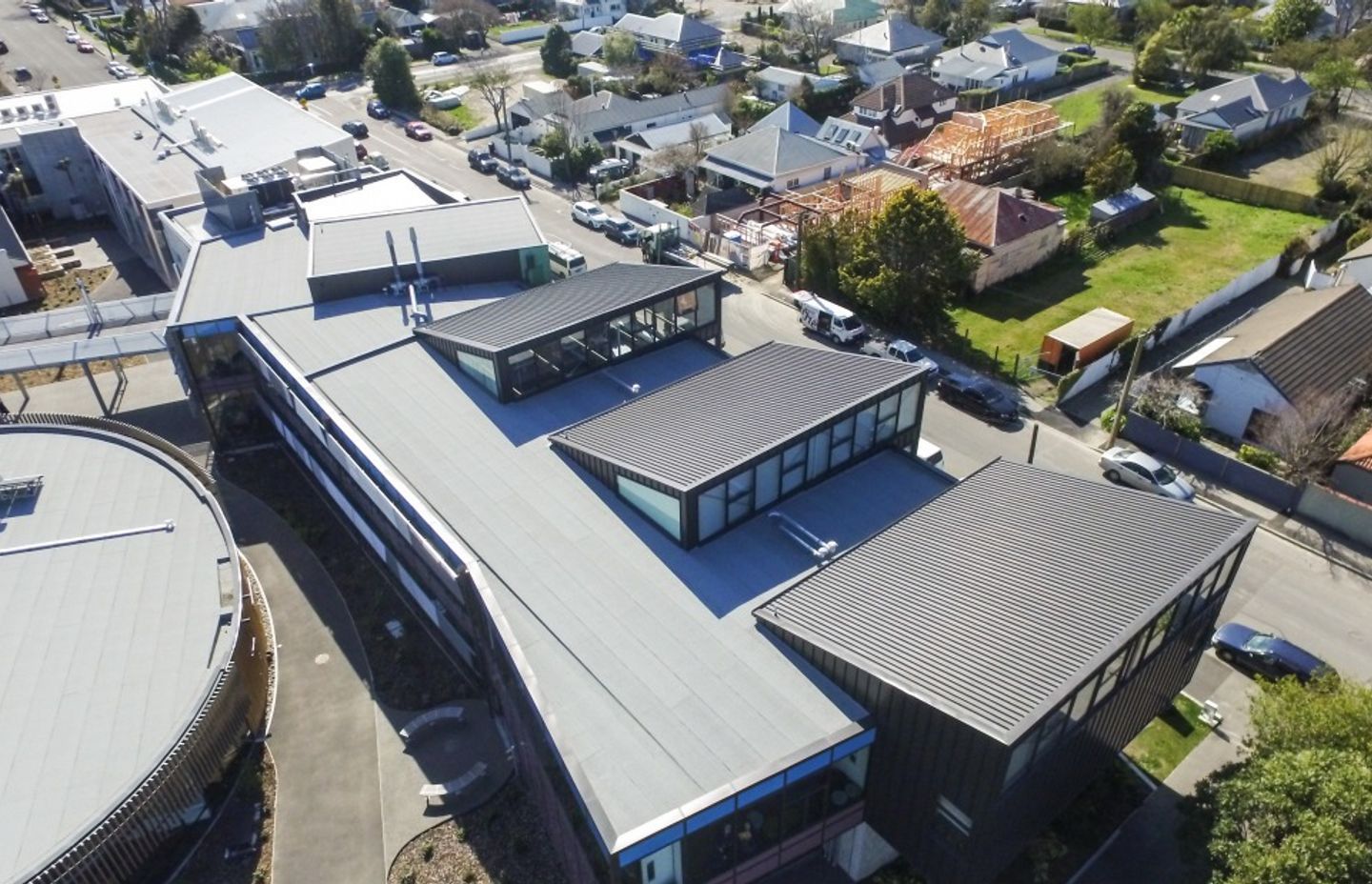Improving thermal insulation in New Zealand buildings
Written by
15 May 2017
•
4 min read

Cold roofing systems have been written out of building legislation in many parts of Europe but in New Zealand they continue to be used, albeit less frequently than before. In the commercial sector, most new builds now incorporate warm roof systems, but in the residential market, only very limited specifications of warm roofs are occurring.
Warm roof systems take the dew point to the exterior of the roof, where in cold roof systems, the dew point is inside the roof and sits above the insulation. This means condensation builds up on the insulation, creating dampness that seeps through the insulation and renders it ineffective over time.
The dew point, where warm and cold air meet and condensation forms, needs to be outside the building envelope to avoid issues around dampness, moisture and mould, Equus’ Rob Roxburgh says.
“This is particularly important in the residential setting where the effectiveness of insulation has a large impact on heating and cooling costs for the homeowner or tenant,” he says. “Just because we have always done things one way, it doesn’t mean that is the right way. Warm roofs are a much more efficient and effective way of building. They need to be used more and more now we have the knowledge and the technology to use them.”
Equus works across New Zealand primarily in the commercial sector, but also in the high-end of the residential sector. Equus’ Duotherm Insulated Warm Roofing System is suitable for use around the country with the ability to customise the level of insulation required to meet differing R-values. The Membrane has BRANZ appraisal and a CodeMark Certificate, as well as a host of overseas certification including The British Board of Agrément (BBA).
The system is impervious to moisture and all condensation is formed on the outside of the building envelope. Because the insulation is not laid between timber or steel framing, it provides a continuous insulation layer without cold bridging – the point in traditional insulation where cold enters in the framing – which means the insulation is 100 per cent effective at all times.
“The Duotherm system is suitable for metal, timber and concrete roof substrates and combines a vapour barrier, thermal insulation and a two-layer membrane system,’ Rob says.
The two-layer membrane system incorporates a 2.5mm base sheet, with a 4mm capsheet torched over the top of the first layer to create a 6.5mm thick membrane system. The capsheet is pressed with slate chip during the manufacturing process to provide a coloured slate finish.
“It’s a UV-resistant system that has a minimum lifetime of 35 years in all conditions and can be combined with green roof systems,” Rob says.
Equus works closely with architects throughout the design phase, providing detailed drawings and design detail, including a wind uplift study to ascertain the level of fastening or adhesion required, and a condensation risk analysis to ensure the building is free from moisture.
Warm roof technology is gaining traction in New Zealand, particularly in the commercial sector but it also has a lot to give the residential sector, where it could be utilised much more.
“We did our first warm roof in New Zealand about 10 years ago and it was fairly new technology. Since then, it has got stronger and stronger and now we’re seeing somewhere between 70 and 80 per cent of all new commercial buildings incorporating warm roof systems, which is a great thing.
“But it’s really only a very small fraction of the residential market that is employing the technology and hopefully as people become more aware of its benefits that will start to change.”
Get in touch with Equus on ArchiPro here to discuss your next roofing project.


